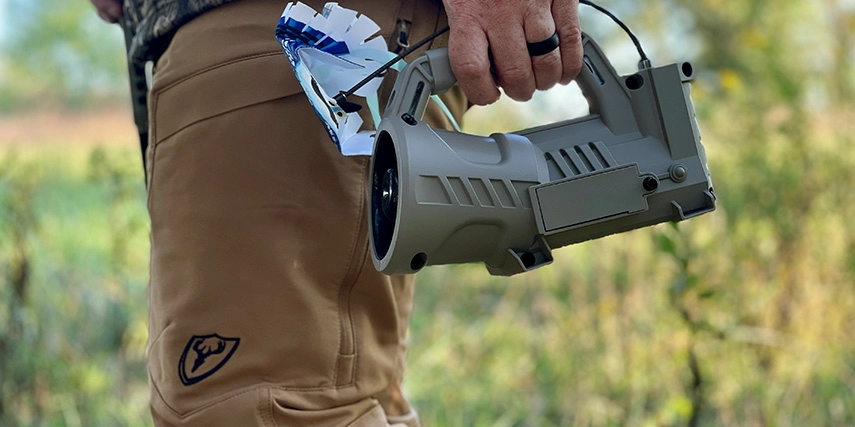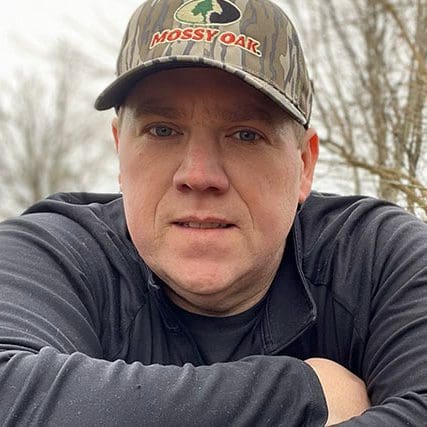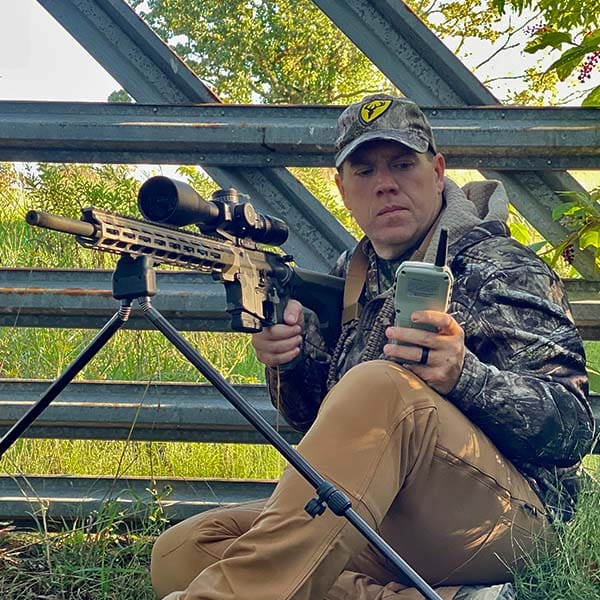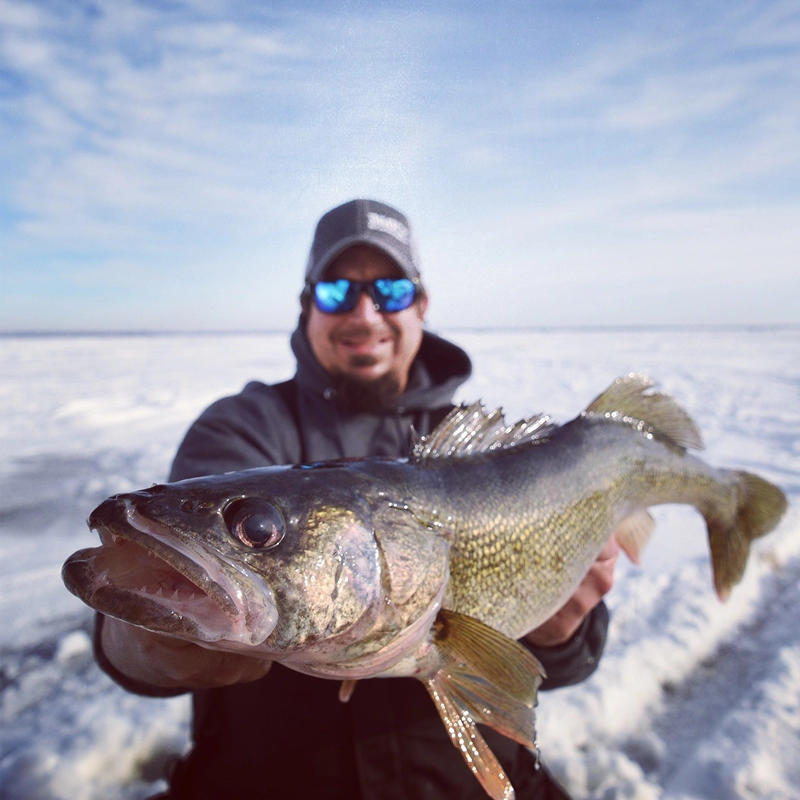For many, fall equates to football, changing leaves, cooler weather, popular trends in the food and coffee world, such as pumpkin spice, and everything else that is nice. For others, fall is often when cooler temperatures kick whitetail deer into the pre-rut, causing hunters to want to spend all their extra time in a tree stand with their bow. Yet, buck fever often causes many hunters to miss out on one of the best times to call coyotes: October.
For predator hunters, October and cooler weather is the first sign of transitioning from summer coyote hunting strategies into cooler weather tactics, when coyote fur thickens in preparation for winter. The first days of fall can be an exciting time to call coyotes due mainly to the summer pups now being old enough to hunt and venture out on their own. The remaining pups are kicked out of the den by mid-October and left to survive alone.
A few years ago, I switched out my tree stand and bow for a morning hunt with a rifle and electronic caller. I have a deep passion for bowhunting, and it can become quite hard to choose between deer or coyotes; however, like many other hunters, I also have a strong desire for calling coyotes into close range, primarily when the first cool snap of the year occurs in mid-October. On this cool fall morning, I slowly walked across a large field covered by the first thick blanket of frost. As my breath could be seen steaming into the air, I made the first-morning call, a lone howl on a diaphragm call. A few minutes later, I continued calling with a dying rabbit sequence at a lower volume due to everything that morning seeming quieter than usual. The first burst of cold weather had everything motionless that morning. Soon, after pausing my rabbit call to listen, I could hear feet crunching in the frost-covered grass, getting louder with each step. Sure enough, a fluffy coyote presented itself, looking for an easy meal to warm his body. Instead, he got smoked by a 22.250 bullet blasted out of my rifle at seventy-five yards.
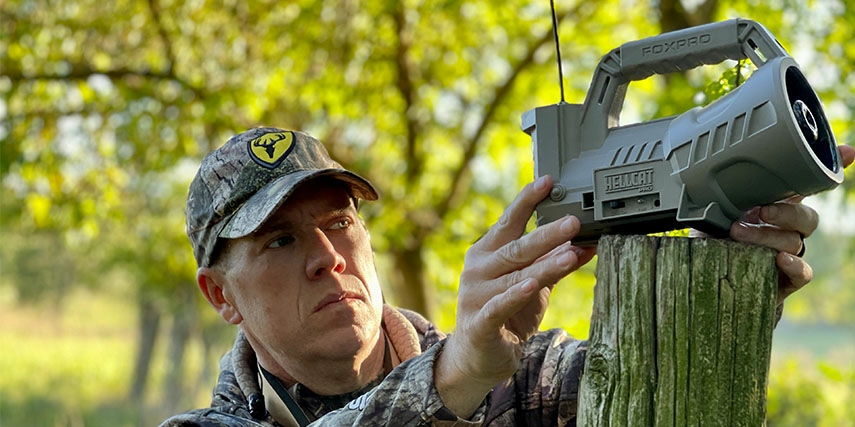
Fall Calling Strategies
When calling coyotes during mid-October, hunters should focus on two things that make up a coyote’s daily routine during this time of year. First, as with my hunt, cooler temperatures often increase the need for food for coyotes trying to stay warm. On cold mornings like the one I experienced, coyotes respond to food source sounds, such as a rabbit in distress, much better than they do a month or two earlier when trying to call them in during the summer.
The beautiful fall colors often peak in the Midwest sometime close to the 18th through the 20th of October. Even though they are eye-catching, with all the leaves remaining on the trees, catching a glimpse of a coyote can still be challenging. For that reason, I choose to do ninety percent of my calling in large open fields to have a wide range of views to see approaching coyotes. As for sound selection from the electronic call, diaphragm, or hand calls, October is when I keep most of my calling the same by using distress sounds. Besides a few soft, subtle howls at the beginning of my calling sequence, the remainder of all my sounds involve distress or sounds of something a coyote can eat. October is a rare time when coyotes are not raising their young and are not thinking about breeding. The only thing on their mind during this time of year is food. Thus, stay with distress sounds.
Another reason I choose to stay with distress sounds, such as rabbit or rodent distress during the fall, is to take advantage of what many veteran predator hunters call “young and dumb” coyotes. As mentioned, the summer coyote pups are now big enough to defend themselves. Younger coyotes, like many rookies, are less experienced. As wild animals, that means that they are less cautious and more eager to respond to the sound of a free meal. Using a few howls at the beginning of a calling sequence can often create curiosity in young coyotes to see who else is in the area. When a howl is followed up by a burst of rabbit in distress sounds, the younger coyotes are ready for their first challenge to see who can get to the meal first, often creating faster response times to calling than at other times of the year.
The faster responses and less call shyness that the younger coyotes can often show during the fall is enough encouragement for hunters to take a short break from deer hunting, long enough to get a head start on their winter fur collection. Hunters can get a few harvests under their belt until they are ready to continue coyote calling after most other hunting seasons have completed. In the hunting world, where seasons change, and strategies adapt, October offers a unique blend of challenge and opportunity. So, as you trade your deer stand for a coyote call this fall, remember that pursuing these elusive creatures is like savoring the flavors of autumn—a rich and unforgettable experience. After all, in hunting, as with coffee, the unexpected blends often leave the most memorable impressions.”
